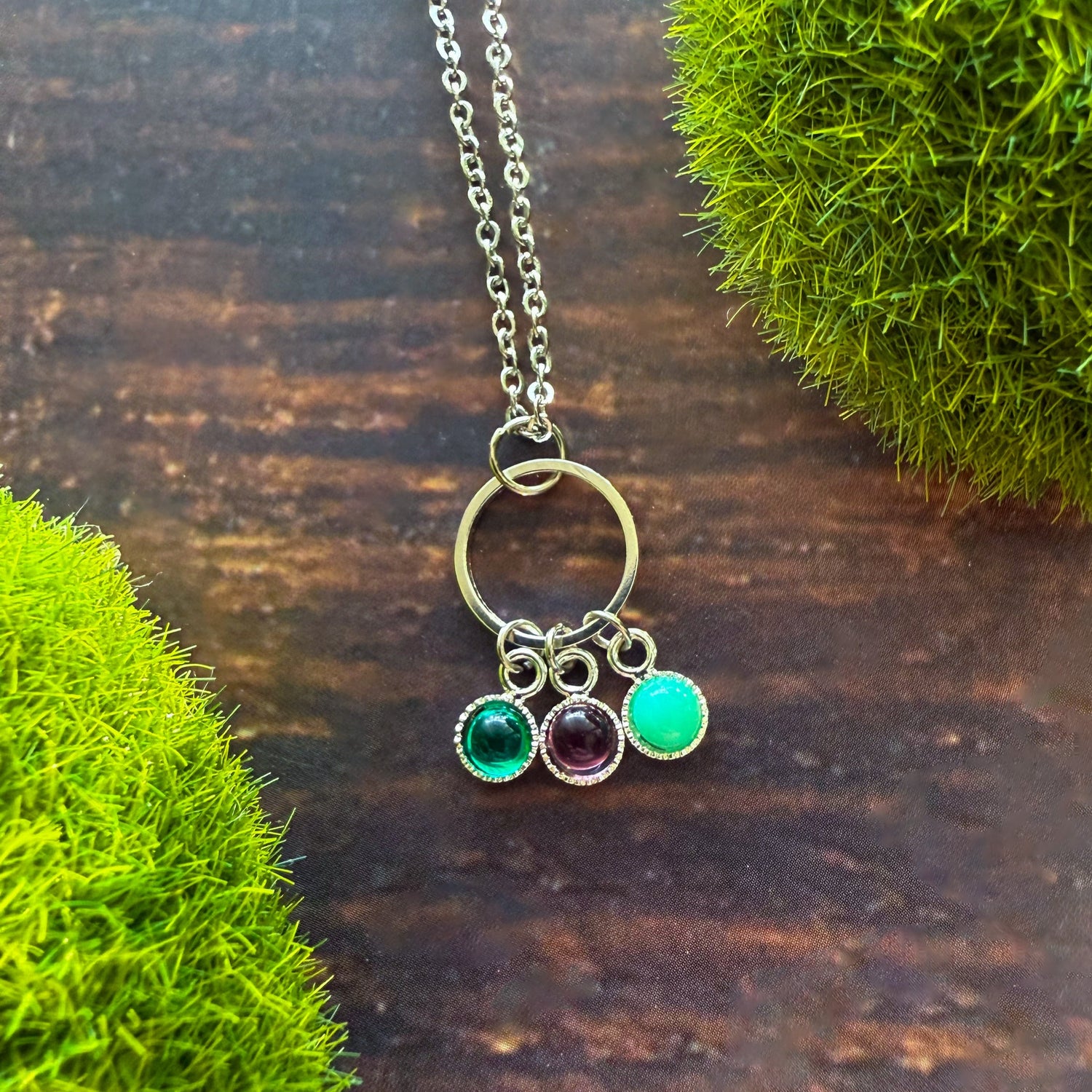
Virgo and Leo Star Stuff
Share
Today we celebrate all the badass Leo and Virgo babes, boos and buds who are throwing down this month...'rona style, of course. Shout out to my favorite feisty lioness, Shayla, who gets stronger and brighter every trip around the Sun. Since both Leo and Virgo have their own special star mojo goin' on, I'll drop some celestial knowledge you may or may not know about 'em.

(Image Credit: NASA/Hubble)
Leo is one of the most commanding constellations, weighing in at third largest in the zodiac line-up and twelfth sky-wide. It encompasses several notable deep sky objects, including six galaxies (three of which form the Leo Triplet), luminous stars Regulus and Denebola, and the spectral Frosty Leo Nebula, which is termed bipolar because it's characterized by two lobes on either side of a central star. Fun Fact: Approximately 10 to 20-percent of planetary nebulae are classified as bipolar. This is where I insert a joke about these being my people.
But what's really impressive (wait, there's more?!) is that the second most massive astronomical structure yet discovered in the Universe, called Huge-LQG (Large Quasar Group), can be found in this neck o' the heavens. This ginormous expanse consists of seventy-three quasars, spread out over 4 billion light-years of space, which still doesn't seem like enough distance between me and my neighbor's barking dog at 6 AM...every morning. In comparison, our Milky Way galaxy only spans 100,000 light-years. I know - only, right?
Virgo is also home to a bunch of neat-o star stuff, and has an even more domineering sky presence as the largest of the zodiac constellations. Fun Fact: Only Hydra is bigger overall in the constellation rankings. The Virgin, as the lone female figure in the zodiac, boasts the brilliant star Spica, the autumn equinox point (one of two points in the sky where the celestial equator intersects with the ecliptic), eight galaxies and a quasar.
(Locket handcrafted using Spiral Planetary Nebula image)
The Sombrero Galaxy, or Messier 104, is a spiral galaxy found spinning about in the southern skies of Virgo. Named for its resemblance of the festive Mexican hat, this galaxy is said to have a black hole at its center. Furthermore, the constellation of Virgo literally has two pairs of interacting galaxies, mixing and mingling, within it - so dang cool!
The Eyes Galaxies, sometimes referred to as Markarian's Eyes because of it being part of Markarian's Chain (a string of galaxies), has a bright core that covers more than 50-percent of its diameter. The Siamese Twins, called so because the galaxies are connected and appear almost identical in all facets, are still in the early stages of colliding with each other. Fun Fact: The Twins are also known as the Butterfly Galaxies; though honestly, I get more of a moth vibe from it - not sure what the Rorschach Test would say about that.

Thanks for keeping connected with us during these weird times. We appreciate your support and good vibes. Stay safe and be kind, friends!
xo
B
B



